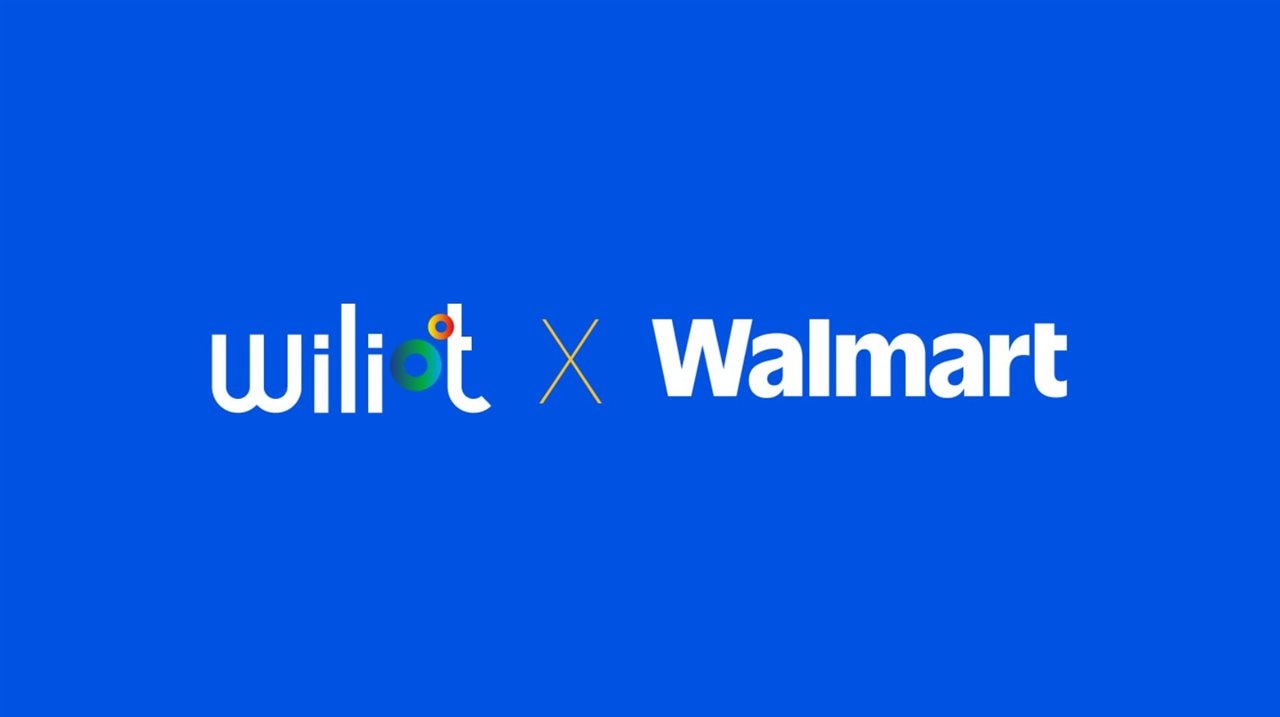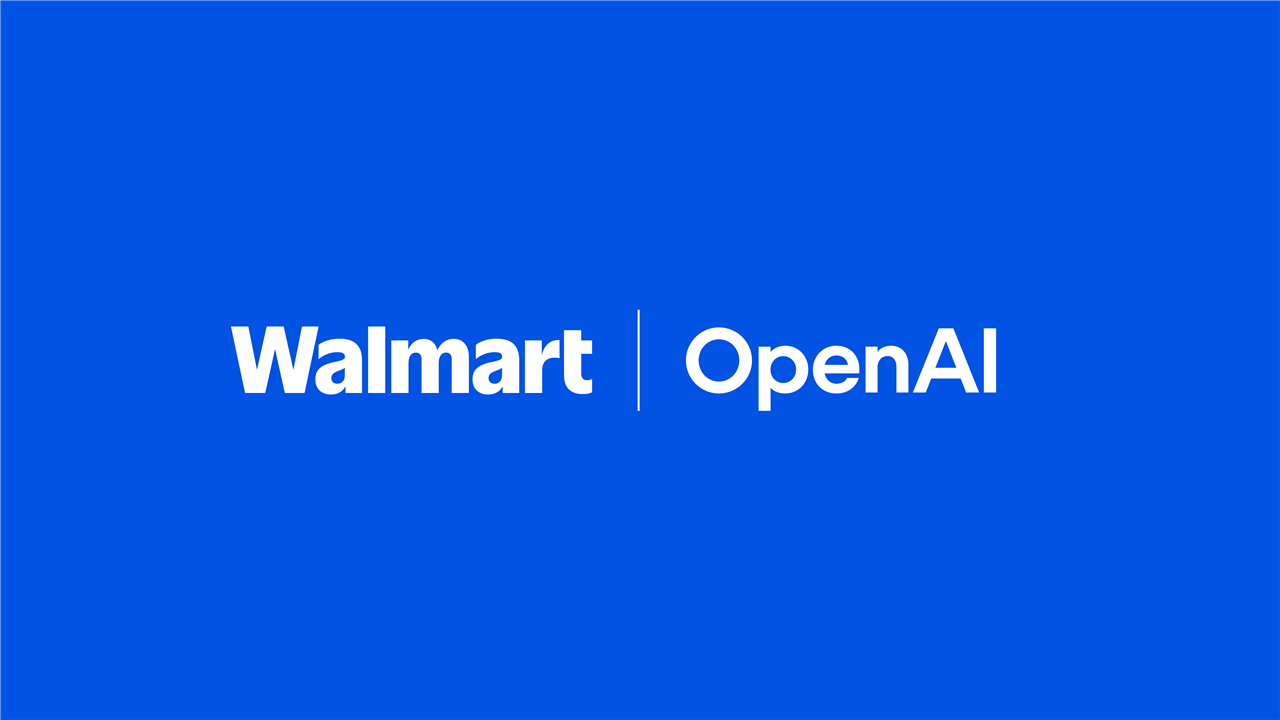
Wiliot and Walmart are collaborating to deploy millions of Wilion ambient IoT sensors across U.S.-based Walmart stores. (Image Credit: Wiliot)
All of this seems useful. What do you all think?
We often power IoT devices through light, radio waves, motion, heat, and other ambient energy sources—a method called ambient technology. Walmart is rolling out millions of Wiliot battery-free ambient IoT sensors across its U.S. supply chain. According to Wiliot, this is its first large-scale ambient IoT deployment in the retail sector and the largest implementation to date. So far, 500 Walmart locations expect the deployment, which will expand nationally in 2026. Rollouts target 4,600 Walmart Supercenters, Neighborhood Markets, and over 40 distribution centers, producing high-res supply chain data that feeds into Walmart's AI systems.
These ambient IoT Pixels sensors collect location, humidity, temperature, and dwell time data. Walmart uses the signals with its advanced AI systems, boosting supply chain efficiency, cold chain compliance, and inventory accuracy. This provides Walmart with real-time insight into inventory management, determining where the products are and whether the retailer owns them. It's projected to track 90 million pallets of inventory at full scale by the end of 2026.
With this partnership, Walmart can eliminate manual roles while providing automated alerts. Workers will then respond quickly, spend more time serving customers, and make smarter decisions. With the improved visibility, inventory discrepancies have also been resolved, leading to improved customer experiences and smoother operations.

Walmart and OpenAI are working together to allow customers to place orders through ChatGPT. (Image Credit: Walmart)
In addition, the giant retail store partnered with OpenAI in a move that allows customers to shop through ChatGPT using instant Checkout. Customers chatting with the AI tool can browse Walmart's catalog and make in-app purchases. ChatGPT unveiled Instant Checkout in September. This new feature enables users to request product recommendations from the AI tool, such as "best PC for $1,000," and purchase them directly within the app, eliminating the need to navigate to a retailer's website.
However, Walmart expects to make its shopper data available to a tech partner, a surprising move, as retailers protect this information more tightly than their earnings. Younger customers have largely influenced this move as they demand smarter, AI-driven interactions, a strong indicator of where the next wave of purchasing power lies.
Demographic shifts aren't the only cause of Walmart's accelerated strategy. Competitive pressures also play a role in this. As large language models change how customers search and shop, the retail giant sees an opportunity to close its long-standing digital gap with Amazon. Working with AI and data has the potential to yield a strong return and strengthen its position in the changing retail landscape.
The numbers are also very suggestive. Approximately 70 million ChatGPT users show purchase intent, and this audience could generate significant gains for Walmart. According to analysts, Walmart could experience a projected 20% digital growth annually for the foreseeable future. If that trend continues, Walmart could inch closer to the trillion-dollar market cap.
Walmart is ensuring this partnership delivers lasting results. Its main focus is on its workers, in addition to the software and new tools it aims to implement. Starting next year, each one of Walmart's employees can access free, personalized AI education and certifications through Walmart Academy. This investment aims to empower associates and store teams to thrive in an AI-driven workplace. The new program continues Walmart's promise to invest nearly $1 billion in developing employee skills through 2026.
This is more than a tech upgrade, too, as it indicates how rapidly AI changes retail. Overall, the goal is to track how much traffic comes from ChatGPT referrals, how the traffic performs on Walmart's digital storefronts, and which categories lean into predictive, AI-assisted shopping. Walmart+ subscribers could receive a few months of ChatGPT Plus at no cost to keep them hooked on using AI for their shopping needs.
Walmart's trial run with this project has shown some encouraging results. We can expect the integration to capture a few percent of holiday transactions. After one year, that number could increase to double digits if it behaves as analysts expect. Walmart believes that developing AI commerce from scratch is worth the risk of sharing highly protected data. After spending the past few years catching up with Amazon, Walmart might be setting the pace.
In June, the retail giant announced new AI tools for its store associates, improving their roles and experiences. These tools are designed to improve work efficiency, eliminate friction, and simplify actions. This AI is beneficial for associates as it significantly boosts productivity and changes how teams plan and execute daily tasks, making the experience more seamless rather than complex and tool-heavy.
The AI tool was originally deployed for overnight stocking workers, assisting with real-time store priorities, recommending what needs attention, and directing associates. This results in faster decision-making, fewer missed steps, and clear focus. Early pilots showed promise, with leaders reporting a reduction in shift planning time, taking thirty minutes rather than ninety minutes.
Additionally, Walmart is deploying a live translation tool that simplifies communication between customers and employees. It supports up to 44 languages and has text-to-text and speech-to-text conversation translations on the spot. The Walmart-specific knowledge base makes this tool so unique. For example, customers can ask, "Where's Great Value Orange juice?" and the AI recognizes "Great Value" as the retail brand, keeping that context in translation. This generates precise answers and an improved experience for customers and staff.
This translation model always improves via iterative feedback loops, learning from interactions to improve accuracy and cultural nuance. Going forward, Walmart expects to expand language support and introduce the feature to international markets.

Walmart is enhancing its Ask Sam mobile AI app for retail workers. (Image Credit: Walmart)
Associates have typically relied on conversational AI to quickly get answers for questions like "What's my schedule for tomorrow?" or "What aisle is hand soap located in?" With the new GenAI upgrade, the system solidifies workplace assistance by turning lengthy guides into clear step-by-step instructions. For example, associates can ask questions like "How can I process a return without a receipt?" and receive guidance instantly. Over 900,000 Walmart associates use the conversational AI tool every week, with over three million questions per day. This tool, essential for associates, is becoming more powerful now that GenAI is in the picture.
Walmart has also introduced VizPick augmented reality for its workers in the apparel section, which has high volume, fast turns, and constant movement, making inventory accuracy challenging. Walmart solved this issue by deploying a smart pairing of RFID with this AR tool, assisting employees with locating merchandise to stock on the sales floor and reducing backroom inventory management time. Associates can use the VizPick AR tool to scan apparel racks and receive visual guidance on which items must go on the sales floor, ensuring a faster, more precise workflow.
This announcement is part of Walmart's growing suite of AI innovations, including MyAssistant, an AI creative partner for corporate teams and an AI assistant for merchants. These are built on Element, Walmart's machine learning platform that enables rapid, secure deployment of AI at scale.
Have a story tip? Message me here at element14.
